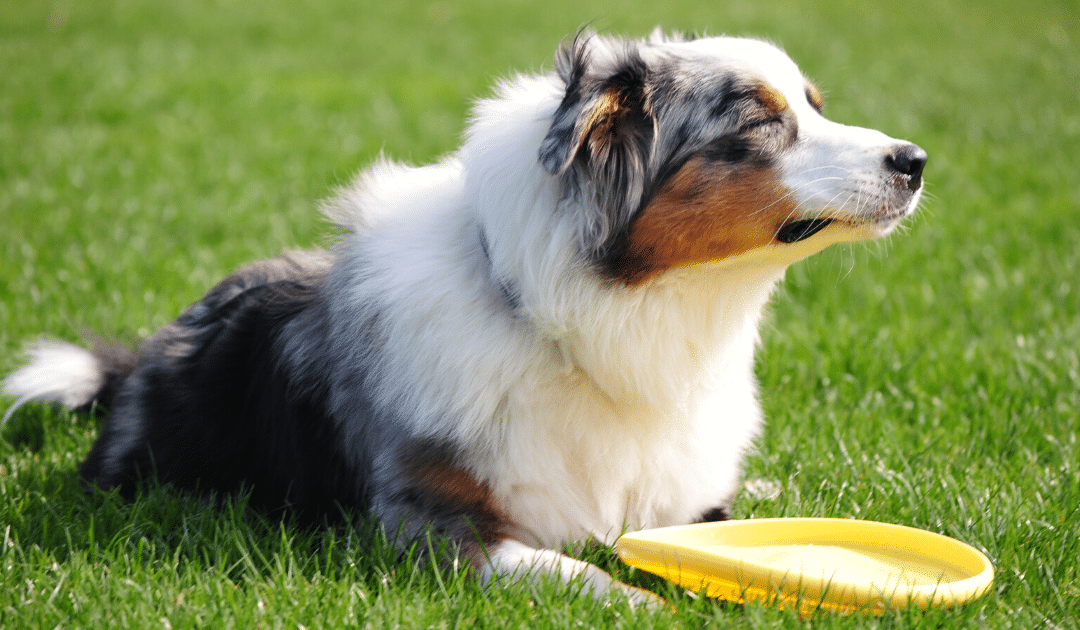Just as hot summer days can be dangerous for people, they also put our 4-legged companions at risk of heat stress.
When the temperature soars this season, follow the 9 tips below to keep your pets safe and healthy.
- Never Leave Pets in a Parked Car
In just 10 minutes, the temperature inside your car rises almost 20°F. In 20 minutes, it’s up by 30°F, and in 60 minutes — it’s almost 40°F hotter than the temperature outside. So, even when windows are cracked, your car’s in the shade or “it’ll just take a minute,” never leave your pet in a parked vehicle.
- Keep the Water Dish Full
Making sure your pet has plenty of fresh, clean water is important all the time, but especially when it’s hot or humid out. They can get dehydrated quickly, so keep an eye on their bowl (or put an extra out). And on the topic of pet bowls, what’s the gold standard for cleaning? A daily wash with hot water, air-dry, and once-a-week sanitizing.
- Watch the Asphalt
On hot days, a rule of thumb is to put your hand on the pavement and wait 7 seconds. If it’s too hot, that means it’s unsafe for your dog’s paws, which can suffer burns. Also, remember pets’ bodies are much closer to the ground, so absorb more of the radiating heat and can overheat.
- Mind the Fireworks
They’re why the Thundershirt® was invented. Though some pets are oblivious to fireworks, many are scared and some even terrified. During fireworks-heavy holidays, keep your pets in a quiet, secure area of your home (not outside). And never use fireworks around them, as they can potentially get burned or traumatized.
- Don’t Shave Your Dog
Owners of long-haired dogs sometimes get side-eye while out for dog walks in the summer months, but it turns out that dogs’ coats have evolved to protect them against cold and hot temperatures. Leaving his coat au naturel will help him better regulate his temperature and protect against sunburn. For cats, you can brush them more often during hot weather to help them shed.
- Know How Pets Cool Themselves
Dogs use panting, not sweating, to keep cool. They’ll also seek shady spots and drink a lot of water to replenish moisture lost through evaporation. A cat’s first line of defense is finding a cool surface or dark place to wait out the heat. They’ll also lick their coats more often, which allows saliva to evaporate and cause a cooling effect.
- Watch for Signs of Overheating
Symptoms of overheating include excessive panting, difficulty breathing, weakness or collapse, glazed eyes, increased heart rate, excessive drooling, or vomiting. Their body temperature rises above 104°F and their gum coloration turns bright red, pale or blueish purple. If your pet is overheated, take steps to cool them down (douse them in room temperature water, move them to shade or A/C) and contact your vet immediately. Animals with flat faces (e.g. Persian cats, pugs) are more susceptible to heat stress.
- Keep Exercise Light
Limit your pets’ exercise on especially hot days. Shift walks to the early morning or evening and always carry water to keep your dog from dehydrating.
- Mind the Humidity
It’s not just the temperature, but the humidity, that affects animals. They pant to evaporate moisture from their lungs (thus cooling themselves), so when the water content in the air rises their cooling system is affected. The more humid, the greater risk they face for overheating. Use extra caution on humid days.
Once you know what to look for and pay attention to, keeping your pets safe in the heat becomes second nature.
This article is furnished by California Casualty, providing auto and home insurance to educators, law enforcement officers, firefighters, and nurses. Get a quote at 1.866.704.8614 or www.calcas.com.
- Graduation – When to Remove Your Child from Your Auto Policy - May 18, 2023
- How to Prevent Catalytic Converter Theft - May 17, 2023
- How Much Does Home Insurance Cost? - May 17, 2023

